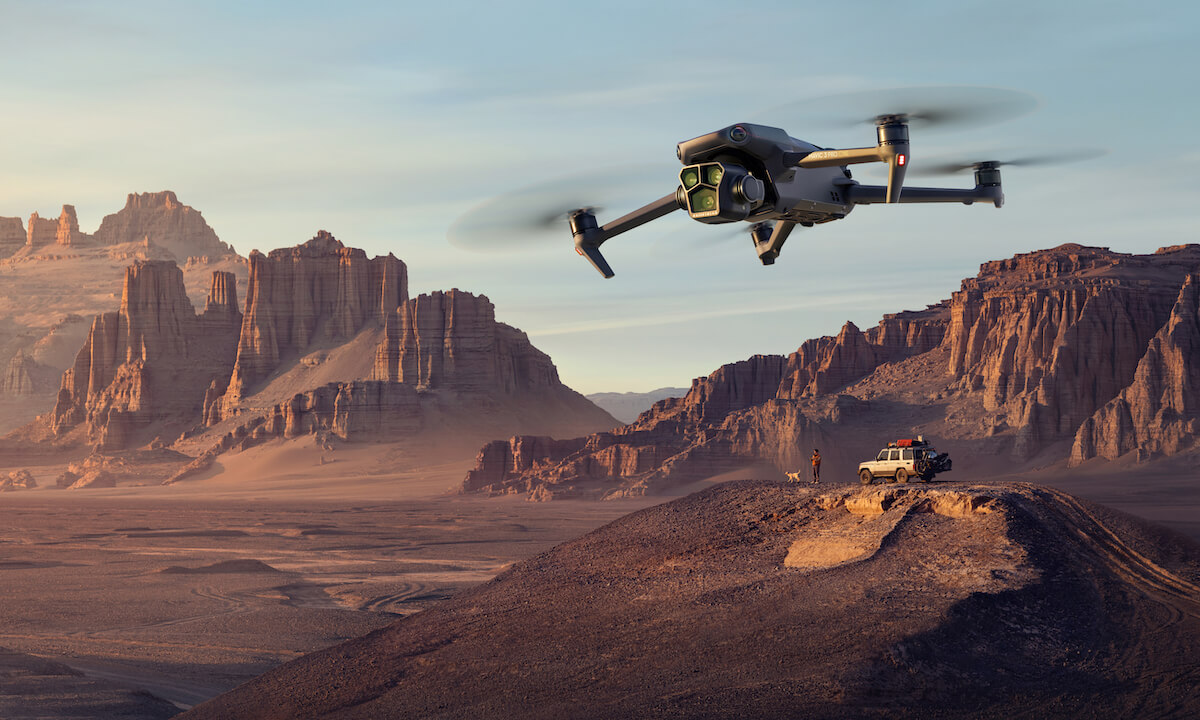In recent years, the development of drones with thermal imaging has revolutionized various industries, allowing professionals to see beyond the visible spectrum and uncover hidden details.
Enhanced Vision Capabilities
Drones equipped with thermal cameras provide an enhanced aerial perspective, making it possible to identify heat signatures from the ground. These thermal imaging cameras detect infrared radiation emitted by objects, enabling users to view temperature variations with precision.
Applications in Industry
One of the primary applications of these advanced drones is in the field of infrastructure inspection. Thermal imaging allows users to spot hot spots and assess the condition of electrical systems, pipelines, and structural integrity without physically accessing these sites.

In agriculture, farmers utilize thermal imaging drones to monitor crop health by detecting heat stress and water levels, optimizing irrigation and improving yield. This technology is invaluable for precision agriculture as it provides insights that are not visible to the naked eye.
Security and Emergency Services
Security and emergency services benefit immensely from drones with thermal imaging capabilities. In search and rescue operations, these drones can pinpoint individuals in challenging environments such as dense forests or snowy terrains where traditional visibility is limited.
Furthermore, in firefighting, thermal imaging helps identify hotspots within a blaze, allowing firefighters to prioritize their approach, ultimately improving efficiency and safety.
Optimizing Drone Use
To maximize the benefits of drones equipped with thermal cameras, operators should consider factors such as altitude, angle, and environmental conditions. By adjusting these variables, the drones can capture more accurate and relevant thermal data.
Regulatory Considerations
Operators must also be aware of local regulations and privacy laws concerning drone usage, ensuring that their operation is compliant with statutory requirements.

Future Innovations
The future of drones with thermal imaging is promising, with ongoing advancements facilitating better sensors and improved software for data analysis. These changes will broaden the scope of applications and provide more detailed and actionable information.
AI integration in this technology will further enhance the ability of drones to autonomously analyze and act upon the data collected, making them more efficient.
FAQs
Q1: Can thermal imaging drones be used at night?
A1: Yes, thermal imaging drones operate effectively at night as they detect infrared radiation, not visible light, thus providing clear images in complete darkness.
Q2: How does weather affect thermal imaging?
A2: Weather conditions like rain and fog can impact the accuracy of thermal imaging by affecting the infrared signals, but many drones are designed to compensate for these conditions.
Q3: What are the maintenance requirements for these drones?
A3: Regular calibration of thermal cameras and software updates are essential to ensure accuracy and functionality, alongside general drone maintenance practices.